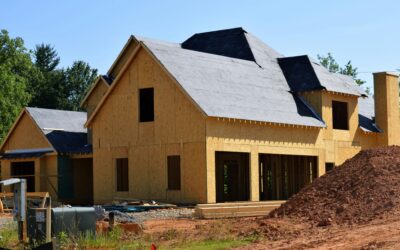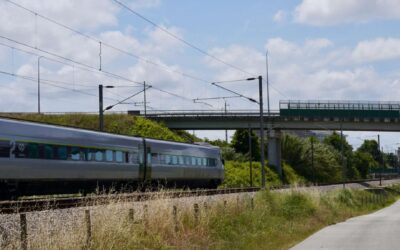The Massachusetts Department of Transportation (MassDOT) is currently in the design phase for a $135 million project to build the Inland Route between Boston and New Haven, Connecticut. Construction is slated to begin in 2027.
The department also recently received $3.5 million to develop the Boston-Albany Corridor Service Development Plan (SDP). Both segments are critical components of the state’s larger West-East Rail effort to expand transit options between western and eastern Massachusetts.
The Inland Route represents an intercity passenger rail providing two daily passenger round trips without affecting freight rail operations. The effort consists of a series of approved capital projects, including three segments of double track construction covering 9.2 miles with improvements to crossovers, turnouts and signaling.
The department will install an Interoperable Electronic Train Management System (I-ETMS) Positive Train Control (PTC) along the line to prevent train accidents while improving mobility. Additional work will include building approximately 1.6 miles of siding in North Grafton and a 600-foot wye track/yard lead between the siding and the existing nearby yard.
MassDOT will also replace a cab signal system with intermediate wayside signals and make a series of improvements to increase track speed. This will involve installing new ties, rail and ballast, increasing track superelevation, replacing turnouts to realign the diverging direction and make signal changes as needed.
On the other end of the West-East Rail, the Boston-Albany Corridor will be a passenger rail route designed to enhance intercity rail services for Massachusetts residents. MassDOT recently completed the first step in the study’s process before construction can begin. The SDP is expected to take approximately two years to complete.
The department will conduct the study to determine the feasibility of an intercity passenger rail route between Boston and Albany, as well as lay out the next steps needed for implementation. Key facets of the SDP will include:
- Identify the purpose and need for the route.
- Provide a comparative analysis of viable alternatives.
- Define the recommended capital projects to sustain the project.
- Evaluate the operational, network and financial impacts of the service and infrastructure investment.
- Include an operating plan, corridor project inventory and investment case.
- Define a governance structure for project implementation and future operation.
Both projects will use Springfield as a central transit hub to better direct and manage rail operations.
Photo by Jerry Wang from Pexels







